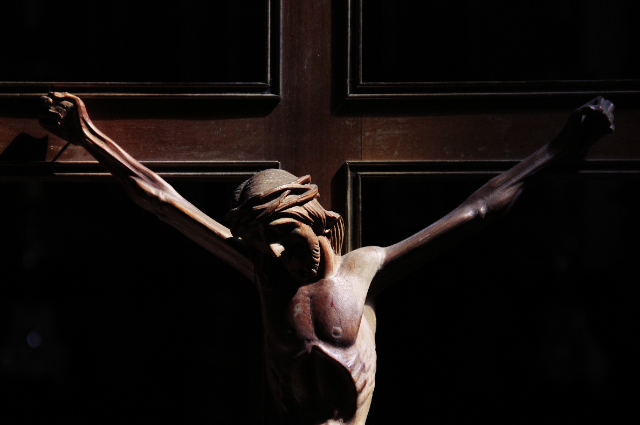
Photo by Francesco Alberti on Unsplash
Good Friday, observed during Holy Week in the Christian calendar, is a solemn day commemorating the crucifixion of Jesus Christ and his death at Calvary. This significant event is integral to Christian theology, symbolizing the sacrificial act that is believed to have redeemed humanity from sin. As we delve into the essence of Good Friday, it is essential to explore its historical, religious, and cultural dimensions.
Historical Context
Good Friday finds its roots in the events leading up to the crucifixion, a pivotal moment in the New Testament. According to Christian scriptures, Jesus, a central figure in Christianity, was arrested, tried, and sentenced to death by crucifixion by the Roman authorities. The crucifixion took place on a hill outside Jerusalem, known as Golgotha or Calvary, and it is believed to have occurred around 30-33 AD.
Religious Significance
For Christians, Good Friday is a day of deep reflection and sorrow. It is a time to contemplate the profound sacrifice made by Jesus for the salvation of humanity. The crucifixion is viewed as the ultimate expression of God’s love and mercy, as Jesus willingly endured suffering and death to offer redemption and forgiveness of sins. Many Christian denominations hold solemn liturgical services on Good Friday, emphasizing prayer, scripture readings, and the veneration of the cross.
Liturgical Observances
Churches around the world observe Good Friday with a range of liturgical practices. The “Stations of the Cross” is a common devotion, where believers reflect on specific events of Jesus’ journey to Calvary. Some denominations reenact the Passion of Christ through dramatic presentations, while others focus on communal prayer and meditation. The atmosphere is somber, symbolizing the mourning of Jesus’ death.
Cultural Traditions
Beyond religious practices, Good Friday has influenced various cultural traditions. In some regions, it is a day of fasting and abstinence, mirroring the solemnity of the occasion. Artistic expressions, including paintings and sculptures depicting the Crucifixion, have played a significant role in conveying the emotional depth of Good Friday. Additionally, traditional foods and recipes associated with this day vary across cultures, often emphasizing simplicity and reflection.
Global Observance
Good Friday is observed by Christians worldwide, transcending denominational boundaries. The date varies each year as it is determined by the ecclesiastical approximation of the March equinox. In many countries, Good Friday is a public holiday, allowing believers to participate in religious services and observe the day’s significance.
Conclusion
Good Friday stands as a poignant reminder of the crucifixion’s profound impact on Christian faith and theology. It is a day of solemnity, reflection, and reverence, prompting believers to contemplate the ultimate sacrifice made for their salvation. As Christians worldwide pause to remember the events of that fateful day, Good Friday remains an integral part of the religious and cultural tapestry that shapes the Christian narrative.
. . .
